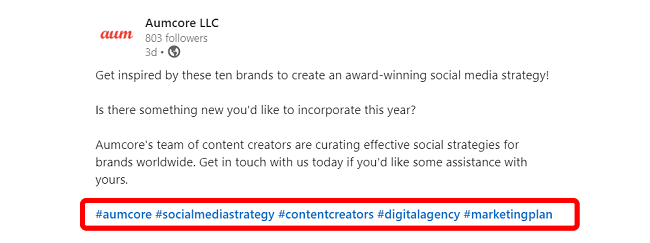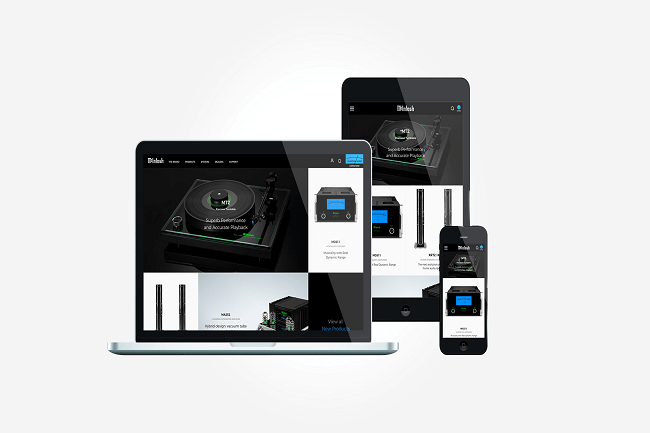With a forecasted 60% decrease overall for in-store sales in 2020, the pandemic has significantly impacted retailers and fast-tracked eCommerce by an estimated five years. Evaluating your brand’s eCommerce platform to ensure it is adopting user and search engine best practices is the way to accelerate your business growth and transformation and get results in 2021. Reducing file sizes to speed up page load time is one way to improve website usability, whereas optimizing website coding and mobile-first indexing are some of the key ways to improve website searchability. Unlock your eCommerce potential and operate at an optimum level with strategies you can begin to implement today to boost your brand’s online presence, increase search engine ranking, and improve user experience (UX). Here are some of the main areas to evaluate to stand out in the digital world:
Source Code Optimization
A website that is poorly coded will be unfavored by search engines, practically making your business invisible with a low ranking on the search engine results pages (SERP). Improper coding can include broken links, large files, tag or meta descriptions that don’t match the target keywords, or code that isn’t mobile-friendly. A seamlessly coded website is a critical factor for both search engine crawlers and website users.
● Coding for search engine crawlers: Search engine crawlers need to be able to crawl the site’s content properly to bring your brand to the forefront of organic search engine results.
● Coding to improve load time: when a site is coded correctly and properly optimized, its pages will take less time to load, providing an efficient and streamlined user experience. Optimizing existing coding and HTML and removing unnecessary or unused CSS files and Javascript will improve eCommerce Google ranking and keep your audience engaged while on the site. Largest Contentful Paint (LCP) is a core web vital factor in Google Search Console that relates to the page load time from a user’s point of view. 2.5 seconds is the recommended page load time. Check out your core web vitals data in the ‘Enhancements ‘section of your Google Search Console account.
Keywords
Correctly incorporating the right keywords is an essential eCommerce strategy for search engines to be able to associate them with your business. Keywords are a significant component to draw the appropriate audience to your website. However, if a keyword is overused in the industry, you may find this doesn’t increase your SERP ranking. Incorporating relevant keywords that aren’t overused will guarantee a better chance of driving traffic to your eCommerce.
● Plan keywords research to follow the user journey Consumers aren’t always sure on what they’re looking for when beginning a search. They might be looking to purchase fitness equipment, but are unsure of which specific equipment. This is why you should map out the potential user journeys and keywords relevant to each phase. i.e., ‘home fitness equipment’, ‘cardio equipment for home’, ‘treadmill’, best treadmill’, ‘buy Proform treadmill’.
● Local keywords: If you have a local store it is important to incorporate location based keywords, i.e., ‘home fitness equipment near me’.
● Competitor analysis: You can run a competitor analysis to determine which keywords are overused and overlooked.
● Trending keywords: Be relevant to the current demand by identifying trending keywords. You can discover these on keyword research tools like Google Trends.
● Voice search keywords: Voice search often means more conversational-style long-tail keywords rather than short phrases that are easier to search through voice search.
Example of long-tail keywords:
Voice Search: “Where is the nearest home equipment store?”
Text Search: “Home equipment store near me”
Where To Use Keywords For SEO:
Here are some of the areas you can optimize with relevant keywords.
- Meta tags
- Headings
- Subheadings
- Content
- Images ALT text
- URLs
- Social media channels
- Directories and external listings
Meta Title example:




Multi-Device Compatibility and Mobile-First Indexing
Code should be optimized for both mobile and desktop devices, not only for mobile devices and quality search and user experience but for Google’s PageSpeed scoring. Google PageSpeed score is a tool that analyzes your website’s front-end performance and server response time, scoring the site from zero to 100. A score of 85 or more is considered good performance.
Google has announced that mobile-first indexing will commence in March 2021. This change means that the Googlebot will only crawl and index pages with a smartphone agent, overlooking desktop-only websites. It is vital to have the same structured data, robots.txt directives, descriptive titles, and meta descriptions on both mobile and desktop versions of the site. Checking your eCommerce pages have correct titles and content consistent across mobile and website will make your website crawler-friendly and easily accessible.

Image Optimization
A low Google PageSpeed score and slow website load can be due to large images, which contribute more data to the total page size. Optimizing your site’s images will lower the overall page size, therefore decreasing page download time and improving its PageSpeed score. All images across mobile and desktop, mainly important images such as products, must be a supported format, have the right meta robot tags, ALT tags, file naming, and have the correct URLs to enable search engines to crawl the content. Keep in mind that Google will index the mobile version first, so make sure your mobile website has the same content as the desktop version.
URL Structure
Poor URL and page structure impact your website SEO by affecting the searchability, data accessibility, click-through rate, and reporting. Accurate URL structuring, page naming, and page organization will form a discoverable and user-friendly website. To easily convey information to users and search engine crawlers, you can check to see if your URLs are structured to optimize their visibility. If you have not created static URLs, you will have a dynamic URL generated, typically featuring jumbled characters that are not crawler-friendly. A static URL uses clear language, which helps indicate to users and crawlers where the URL links to. Organizing page URL structures based on their priority will enable users to access the information they need quickly. A page will have a lower ranking if the URL structure is flawed.
The Difference Between Slashes and Hyphens in URLs
Adding slashes in the URL suggests new folders, and hyphens are used to link words within the same folder. When structuring URLs, you should keep them concise yet descriptive, including the appropriate keywords.
Cross-Browser Compatibility
Your website should be compatible with popular browsers like Chrome, Safari, Firefox, Edge, Opera, and Internet Explorer. Cross-browser compatibility refers to the way users should experience the same user interface design and feel across all browsers for maximum conversion rates. If user experience and website functionalities are inconsistent across browsers, this increases a website’s bounce rate and decreases time on a site, which consequently lowers your search engine ranking.
How to Check Cross-Browser Compatibility: You can check that your eCommerce is compatible across all browsers by utilizing browser emulators for mobile and desktop, as well as other tools like cloud-based platforms or on-site device setup.
Voice Search
Voice search SEO ensures that your business is found by users on any device. Voice assist software such as Siri, Google Assist, and Alexa is becoming increasingly popular, with the prediction that 50% of all searches would be voice searches by 2020. Having a voice search strategy with keywords research and analysis, content and code optimization, load time optimization, and everything else that gets you found through voice rather than text search can be the difference between you and your competitors being seen first.
Unlock Your eCommerce Potential
The areas covered in this post to improve website search engine ranking and user experience aren’t the only components to consider, but they are paramount to the superiority of your eCommerce website. Overlooking improper coding, large or unnecessary files, poor URL structure, and mobile-first indexing can be detrimental to your business’ organic performances and have a ripple effect on your paid media initiatives. Aumcore’s SEO team performs Technical and Usability audits that discover the issues existing on a client’s website, then working with the client to address the problems to accelerate the clients’ performance. If you’re ready to optimize your eCommerce and be seen in 2021 then get in touch with us to explore your business’ potential today.





Tell us your thoughts in the comments